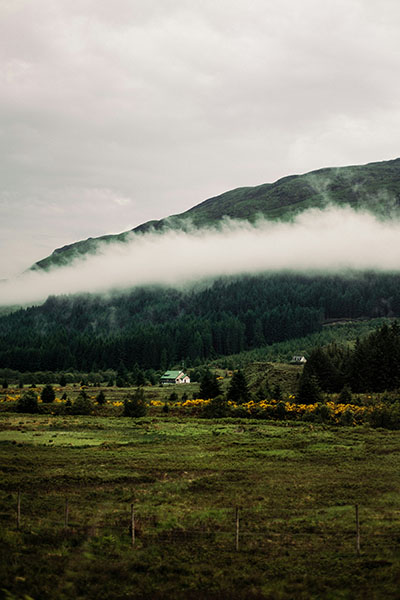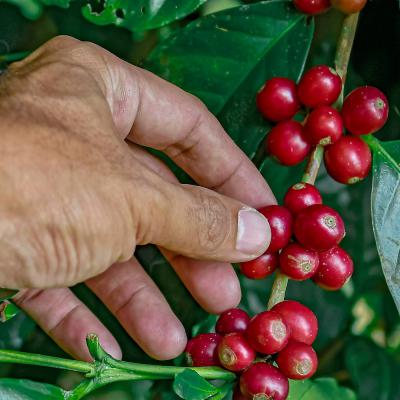
Growing Coffee - Climate
The cultivation of coffee is intricately tied to climatic conditions, and any shifts in climate patterns significantly impact the quality and yield of coffee crops.
Climate influences coffee growth through temperature, precipitation, and altitude.
Temperature: Coffee plants thrive within a specific temperature range, generally between 60°F to 70°F (15°C to 24°C).
Warmer Climates can lead to premature ripening, affecting the beans' flavor and acidity. Conversely, cooler temperatures may delay ripening, impacting the overall yield.
Adequate Rainfall is crucial for coffee cultivation, but excessive or insufficient rainfall can be quite detrimental. Drought conditions can dramaticlly stunt coffee growth and reduce yields; while too much rainfall may lead to soil erosion, fungal diseases, and overripening of cherries.
Altitude plays a pivotal role in shaping coffee flavor profiles. Coffee grown at higher altitudes tends to have a more complex flavor with increased acidity. Changes in climate can alter optimal altitudes for coffee cultivation, affecting the balance of sugars and acids in the beans.
Climate change poses a significant threat to coffee production, leading to shifts in traditional coffee-growing regions, increased prevalence of pests and diseases, and challenges to maintaining the delicate balance required for producing high-quality coffee. Sustainable and adaptive practices are crucial to ensuring the resilience of coffee crops in the face of evolving climate conditions.



